|
|
|
ENGLISH CIVIL WAR |
|
|
|
COLORS
OF THE SCOTTISH FOOT |
|
|
|
|
|
ENGLISH CIVIL WAR |
|
|
|
COLORS
OF THE SCOTTISH FOOT |
|
|
|
KING'S REGIMENT OF FOOTE GUARDS |
|
|
|
|
|
Colonel's Company & Lieutenant-Colonel's Company |
|
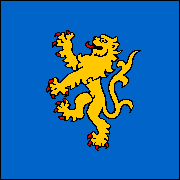 |
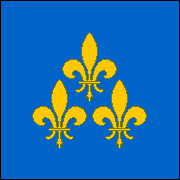 |
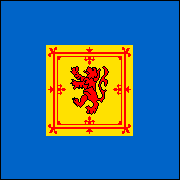 |
| Major's Company • First & Second Captains' Companies | ||
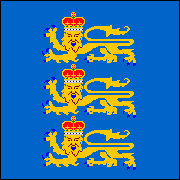 |
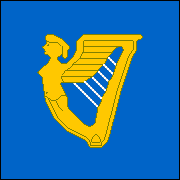 |
|
The companies of the Scottish Foot Guards, like their English counterparts, carried colors differenced by elements of the Royal Arms--in this case, the Royal Arms for Scotland. Note that on the Colonel's Color, the arms display Scotland in the first and fourth quarters, with England and France in the second and fourth quarters—the reverse of the English arms. Curiously, they omit the arms of Ireland, though the color of the Fourth Captain's Company is a banner of the Irish arms. The colors of the Lieutenant-Colonel's and Major's companies display the supporters of the arms: the unicorn for Scotland and the lion for England. |
|
| UNIDENTIFIED REGIMENTS OF FOOT |
|
|
|
|
|
This
color was captured at Dunbar in 1650. A typical example of the style followed
for colonel's colors of Scottish foot regiments, it displays the national
symbols of Scotland (the Cross of St. Andrew and the thistle) along with a
Covenant motto. |
|
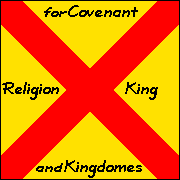 |
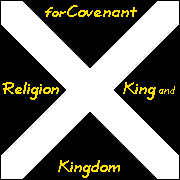 |
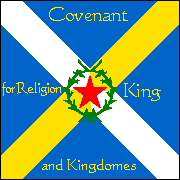 |
|
|
|
|||
| UNIDENTIFIED REGIMENT OF FOOT |
|||
|
|
|
||
| Colonel's Company • Lieutenant-Colonel's & Major's Companies | |||
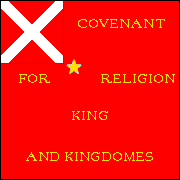 |
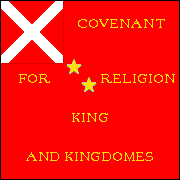 |
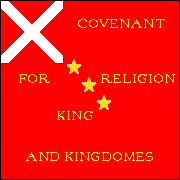 |
| First, Second & Third Captains' Companies | ||
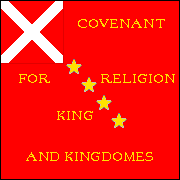 |
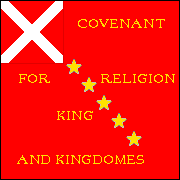 |
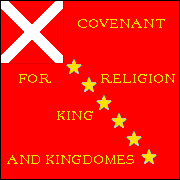 |
|
The drawings above, which depict Scottish colors of the English pattern, are based on descriptions of two colors (fifth and sixth captains' companies) of an unknown Scottish regiment that were captured at the Battle of Dunbar in 1650. The colors of the other captain's companies are probably illustrated with fair accuracy, but the drawings of the colors of the field officers' companies are speculative. |
||
|
|
||